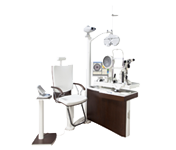 Workstations / Ophthalmic tables
Workstations / Ophthalmic tables 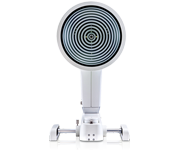 Topography
Topography 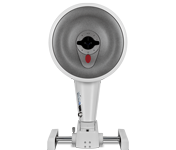 Tomography
Tomography 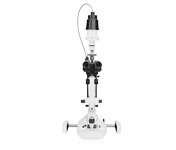 Slit Lamp / Documentation
Slit Lamp / Documentation 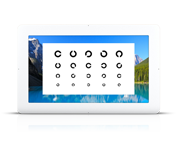 Refraction Equipment
Refraction Equipment 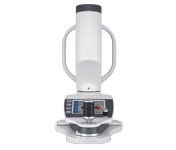 Myopia Management
Myopia Management 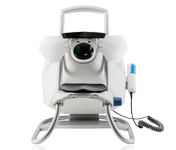 Perimetry
Perimetry 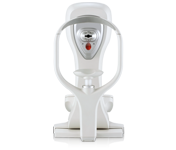 Tonometer
Tonometer  Visual Test Equipment
Visual Test Equipment 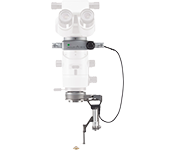 Vitreoretinal Surgery
Vitreoretinal Surgery 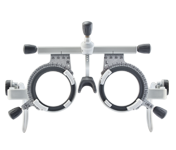 Refraction
Refraction 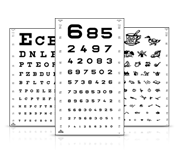 Vision Test Types
Vision Test Types  Stereo Tests
Stereo Tests  Eye Test Units
Eye Test Units 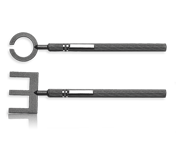 Orthoptics / Pleoptics
Orthoptics / Pleoptics  Other Products
Other Products 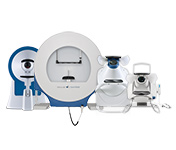 Perimetry
Perimetry 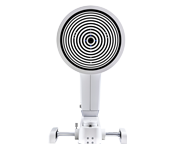 Dry Eye
Dry Eye 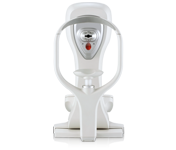 Corneal Biomechanics
Corneal Biomechanics 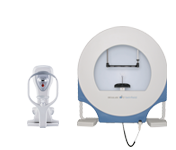 Glaucoma
Glaucoma Are you truly familiar with the properties of biomechanics, and what they have to do with the cornea? Watch our video for all the most important information in only 3 minutes. We show you why corneal biomechanics is key to early detection of keratoconus, among other conditions.
First and foremost: the biomechanics of the eye influences its function in multiple ways. Visual acuity, for example, is extremely dependent on biomechanics. The cornea is viscoelastic, which means that it has both viscous and elastic elements.
The elastic properties play a key role in diagnosing keratoconus and subclinical keratoconus, among other things. Not only the structure and thickness of the cornea must be measured – corneal rigidity and elasticity are at least as important in reaching a diagnosis.
For refractive surgeons, for example, this means:
Biomechanical properties also play a large role in glaucoma diagnostics. This is due in part to the fact that the IOP levels that are corrected based on corneal biomechanics are much closer to normal IOP levels than those corrected with conventional procedures. These factors are not considered in conventional Goldmann tonometry. In addition to exact IOP, viscosity and hysteresis are also extremely significant in glaucoma. Therefore, taking these factors into account can raise glaucoma screening to a new level.
The combination of Corvis® ST and Pentacam® is ideal for these purposes.

Corneal biomechanics take into account all relevant factors at play: ocular pressure, corneal rigidity and elasticity. Through the combination of biomechanical and tomographic data, refractive surgeons, for example, can demonstrably minimize risks. This is a real innovation in ocular diagnostics!
The OCULUS brand has stood for absolute reliability in ocular diagnostics since 1895, but it also stands for real innovation. True to this tradition, we have now developed field-ready applications for corneal biomechanics possibilities, setting a new milestone in ocular diagnostics.
As always, development of this OCULUS design was overseen by renowned experts and verified with studies and tests. Read more about it here >
The secret is the combination of biomechanical data and tomographic data – a combination offered by integrating the OCULUS Corvis® ST and the OCULUS Pentacam®. You can read about this winning duo’s performance and how you can achieve more security for your diagnoses with less effort here >
The OCULUS Corvis® ST is a non-contact tonometer with a high-speed Scheimpflug camera. It shows the corneal reaction to an air pulse in a short film sequence with more than 4 000 frames per second.
The new Pentacam® AXL is the logical evolution of the time-tested Pentacam® HR technology.
Product Categories